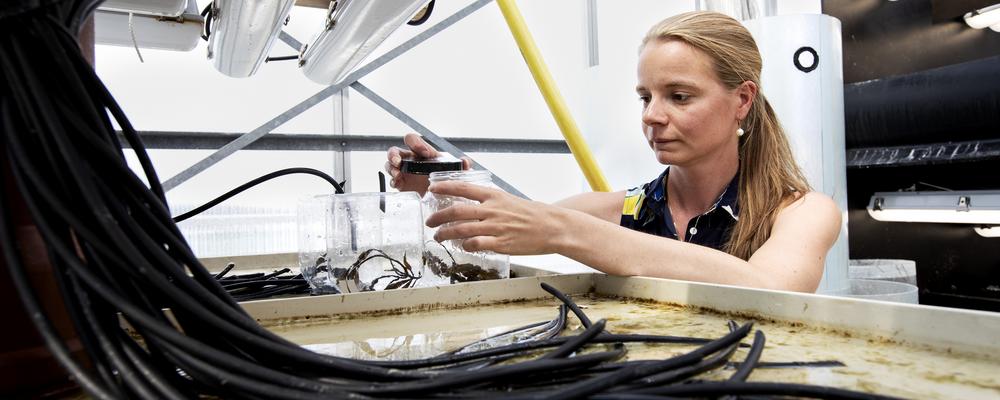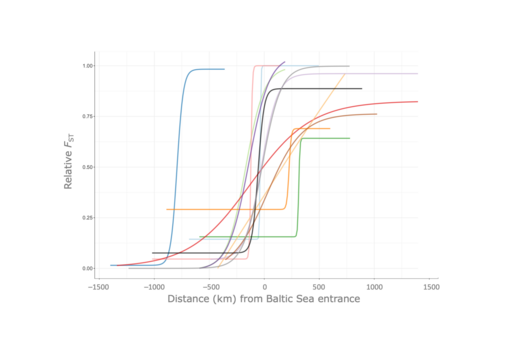
Research
We study marine evolution over small and large spatial scales, and over small and large temporal scales. We are particularly interested in adaptation to local environments and divergence within species, and what ecological, physiological and genetic mechanisms affect the adaptation. In several of our studies we use the postglacial Baltic Sea as a full-scale laboratory to study Darwinian evolution, that is, evolution by selection resulting in adaptation of organisms.
Research areas and issues we address
- Ecological and genetic mechanisms of adaptation
- Contact zones between populations and barriers to gene flow
- The genomic architecture and its role in evolution
- The importance of species and population history
- Genetics of population expansions
- Conservation genetics and management
Our Darwinian Laboratory
During the past 8 000 years, marine species have colonised a steep salinity gradient at the entrance to the brackish Baltic Sea. The result is a large number of species forming Baltic populations which are locally adapted to the low salinity but still, are in contact with the marine populations outside. A few of them, for example cod and flounder, are already suggested as new species. Thus, the Baltic Sea provides CeMEB with an excellent model system to study rapid evolution.
The Genetic Leap
The figure below illustrates genetic differences between populations in each of 14 marine species, from the North Sea to the Baltic Sea. At the entrance to the Baltic Sea, species perform a "genetic leap", coinciding with the steep change in water salinity.







